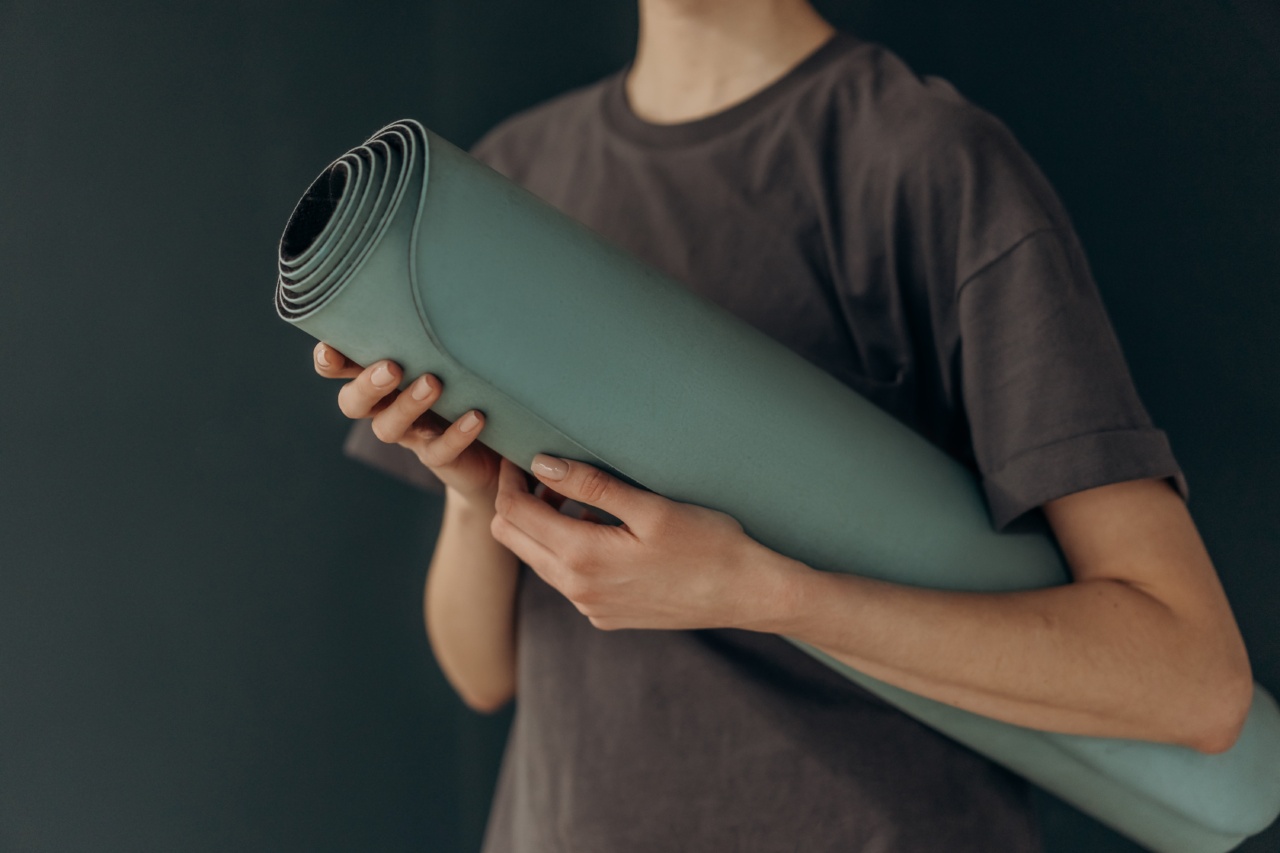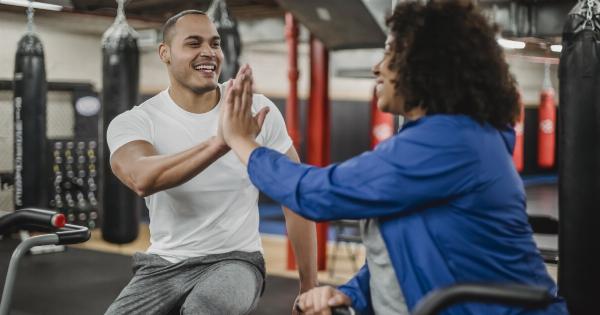Gymnastics, a dynamic sport that combines strength, flexibility, and grace, has been practiced for centuries. It not only requires discipline and dedication but also offers a wide range of physical and mental benefits.
One of the key aspects of gymnastics is toning, which helps athletes develop strong and defined muscles. In this article, we will delve into the insider secrets of gymnastics and toning, providing you with valuable insights to enhance your workout routine and achieve your fitness goals.
The Importance of Strength Training
Strength plays a pivotal role in gymnastics and toning. Building strong muscles is crucial for executing various moves and poses effectively.
By engaging in strength training exercises, you can target specific muscle groups and enhance your overall performance. Two essential forms of strength training in gymnastics are isometric and isotonic exercises.
Isometric Exercises for Toning
Isometric exercises involve contracting muscles without changing their length. These exercises focus on muscular endurance and stability.
Holding poses such as planks, squats, or handstands can significantly strengthen your core, arms, legs, and shoulders. Incorporating isometric exercises into your routine can help you achieve a toned physique and better body control.
Isotonic Exercises for Building Strength
Isotonic exercises involve contracting muscles while they change length. These exercises are crucial for building strength and mass. Gymnasts often rely on weightlifting, resistance training, and bodyweight exercises to improve their muscle strength.
Activities like pull-ups, push-ups, and leg squats are effective isotonic exercises that enhance strength and contribute to toning.
Flexibility and Stretching
Flexibility is a vital component in gymnastics and toning. Improved flexibility allows gymnasts to achieve full range of motion, reducing the risk of injuries. Stretching before and after workouts is crucial for maintaining flexibility.
Incorporate dynamic stretches like leg swings and arm circles before workouts, and static stretches like splits and backbends after workouts to improve flexibility and aid muscle recovery.
Balance and Coordination
Gymnastics requires exceptional balance and coordination. These skills are developed through continuous practice and specific exercises. Incorporating balance training into your routine can enhance your stability and overall body control.
Exercises like single-leg squats, balance beams, wobble boards, and yoga poses can greatly improve your balance and coordination.
Core Strength
The core muscles are the foundation of gymnastics and toning. A strong core allows gymnasts to maintain stability and control during complex movements.
Engage in core-strengthening exercises like crunches, planks, Russian twists, and leg raises to improve your performance and achieve a toned midsection.
Proper Nutrition
Nutrition plays a vital role in achieving optimal results in gymnastics and toning. Consuming a balanced diet that includes lean proteins, complex carbohydrates, and healthy fats provides your body with the necessary fuel for sustained energy levels.
Stay hydrated by drinking plenty of water and avoid sugary beverages. Incorporate fruits, vegetables, and whole grains into your meals to support muscle growth and recovery.
Consistency and Rest
Consistency and proper rest are essential for maximizing your gymnastics and toning efforts. Consistently challenging your body with regular workouts will yield long-term results.
However, it is equally important to allow your body enough time to recover and repair. Aim for at least 7-8 hours of sleep each night to promote optimal muscle recovery and overall well-being.
Setting Realistic Goals
Setting realistic goals is crucial when it comes to gymnastics and toning. Understand your current fitness level and gradually progress towards your desired outcomes. Celebrate small achievements along the way to maintain motivation and perseverance.
Seeking guidance from a professional gymnastics coach or personal trainer can also help you establish realistic goals and design a customized workout plan.
Psychological Benefits of Gymnastics
Gymnastics not only offers physical benefits but also provides numerous psychological advantages. It promotes discipline, focus, and perseverance.
The structured nature of gymnastics helps individuals develop time management skills and enhances cognitive abilities. It also boosts self-confidence, as gymnasts achieve new skills and overcome challenges through hard work and determination.
Conclusion
Gymnastics and toning go hand in hand, offering a holistic approach to fitness.
By incorporating strength training, flexibility exercises, balance training, and proper nutrition into your routine, you can build strength, tone your muscles, and achieve overall fitness. Remember to set realistic goals, stay consistent, and prioritize proper rest. Embrace the mental benefits of gymnastics and enjoy the journey towards a healthier, toned, and more confident you!.





























